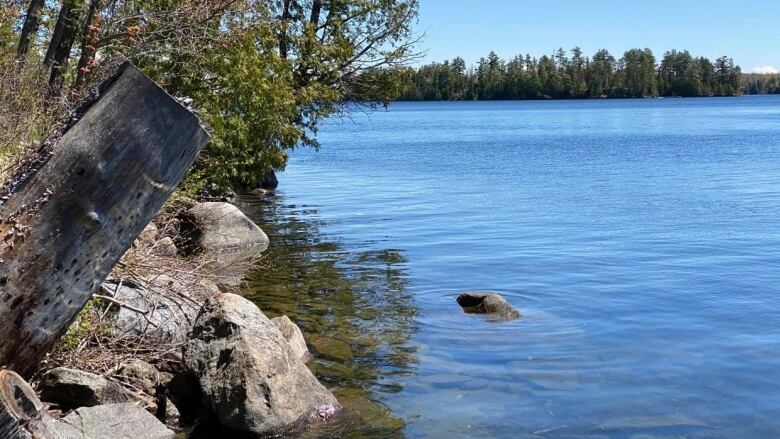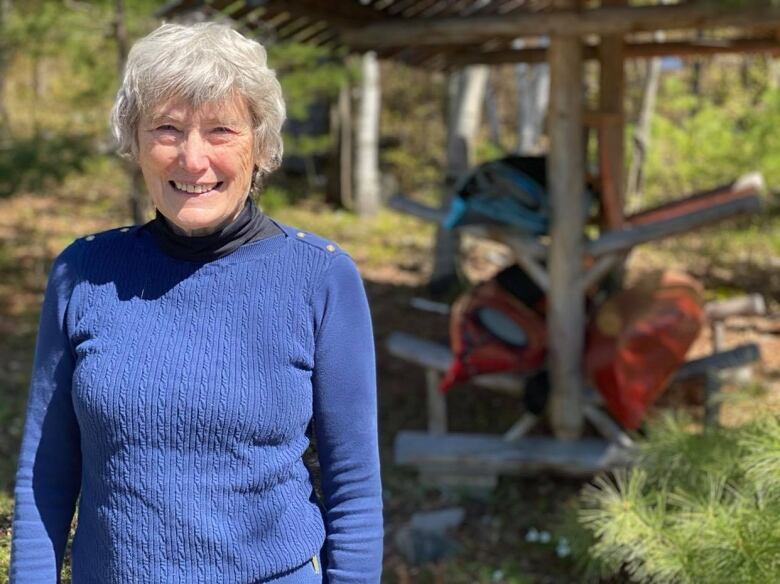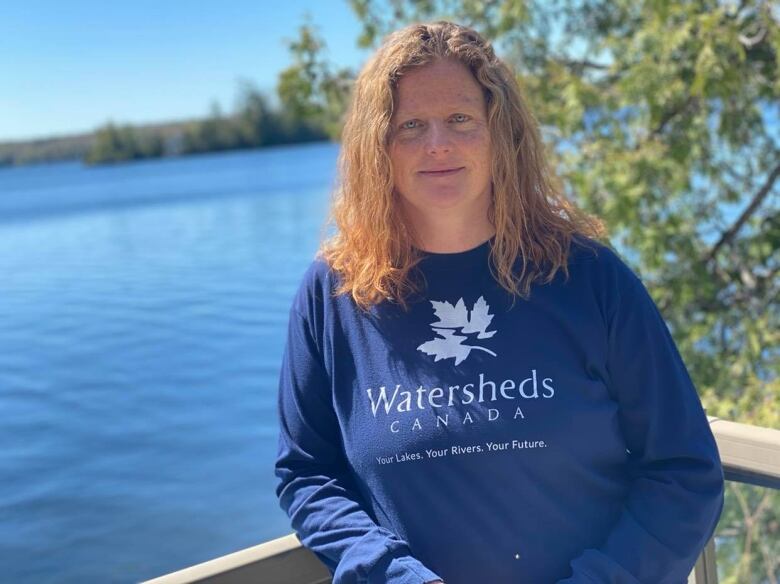Shorelines 'not a backyard swimming pool,' lakefront landowners reminded
Watersheds Canada says lakes at risk from development boom in cottage country

Janet Taylor admits that when she built her cottage on White Lake in the mid-1990s, she didn't know anything about shoreline protection.
"We were pretty ignorant. We were just looking for a lakefront property. We really didn't understand lakes and shorelines or any of that sort of thing," Taylor said.
The retired public servant from Ottawa said she started paying attention in 2013 when the lake experienced a significant blue-green algae bloom.
She got in touch with Watersheds Canada, a charitable organization based in Perth, Ont., to come and set up learning opportunities about shoreline protection for landowners around the lake.

Taylor said the education came in handy, particularly because theregulations surrounding shoreline development can differ significantly depending on location.
'Planning for our Shorelands'
Taylor said over the years, some landowners have restored their shorelines to a more natural state, but with more and more new development, the message can sometimes getlost.
Watersheds Canada's executive directorBarbara King said her organization is now working on a project called Planning for our Shorelands, which aims to provide municipalities across Ontario with a dedicated online resource to help wade through the sometimes muddy waters of shoreland development.
"Our lakes are not a backyard swimming pool. It's a living ecosystem," King said.

Ontario has a broad policy statement for land use planning, but King said the responsibility for conserving shorelands is shared amonga number of stakeholdersincluding municipalities, planners and lake associations, which makes protecting a body of water like White Lake, for example, a challenge.
White Lake is located about 60 kilometres west of Ottawa and spans two municipalities, two counties and two Ministry of Natural Resources districts.
A lot of people are coming up from the city and urban areas that may not really understand the complexities of what it means to live on our lakes.- Barbara King, Watersheds Canada
"In Quebec, they do have some guidelines and regulations at the provincial level that each municipality has to enact and that makes things a little bit easier for the municipalities," King said.
Jolanta Kowalski, a spokesperson with the Ministry of Natural Resources and Forestry (MNRF),said in an email to CBC that the department doesn't control shoreland development like a municipality, but there is a permitting process.
"Permits help ensure that activities include considerations for the environment, other users and neighbouring landowners," Kowalski wrote.
Cottage country booming
King said it's not enough. She said it's time fora best practices resource, especially sincethe COVID-19 pandemic has driven up demand for waterfront propertiesas more people work from home and turntheir cottages into permanent residences.
"It's happening very quickly. A lot of people are coming up from the city and urban areas that may not really understand the complexities of what it means to live on our lakes," King said.
King said many landowners don't understand the importance of maintaining natural shorelines to water quality and the wellbeing of aquatic and land-based wildlife.

Andy Cockburn, president of the Lanark-Leeds Home Builders Association, said its members are busier thanever, but strive to follow the rules.
"As long as there is a good relationship between the conservation authority and the municipality that's involved, then things will go as well as due diligence can go," Cockburn said.
Mark Snider, a land use planner in Ontario for 30 years,said the big problem isn't necessarily with new development, but redevelopment of smaller lots that aren't suitable for the kind of upgrades landowners want to make.
"It's creating challenges for decision makers and putting great strain on the lakes in terms of things like nutrient loading to the water, and it's compromising water quality," Snider said.













_(720p).jpg)


 OFFICIAL HD MUSIC VIDEO.jpg)
.jpg)



























































































